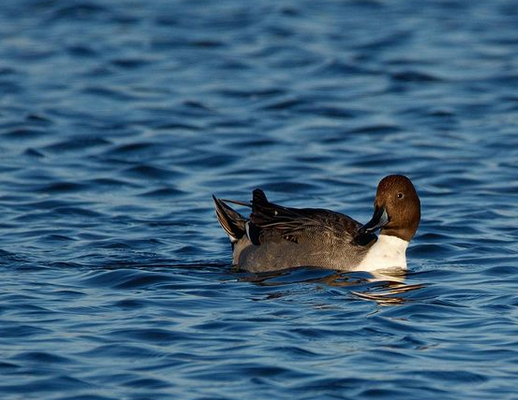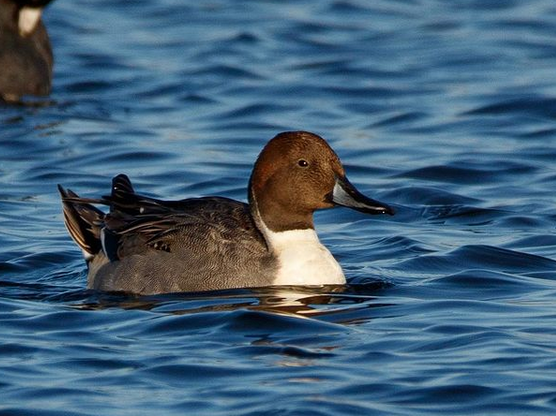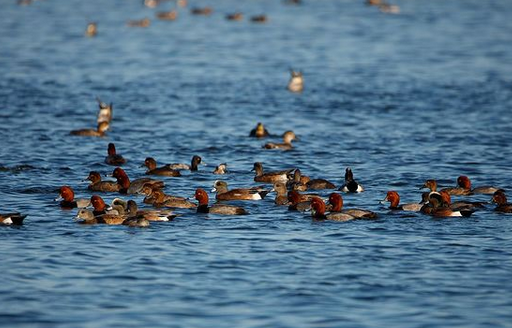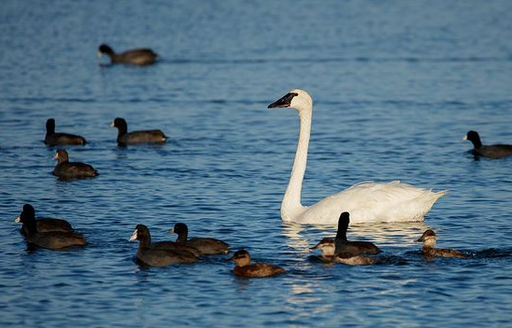One of my favorite ducks to make an appearance in North Carolina during the winter is the American Widgeon.
With that emerald green plumage reflecting in the sunlight, they are truly striking looking birds.
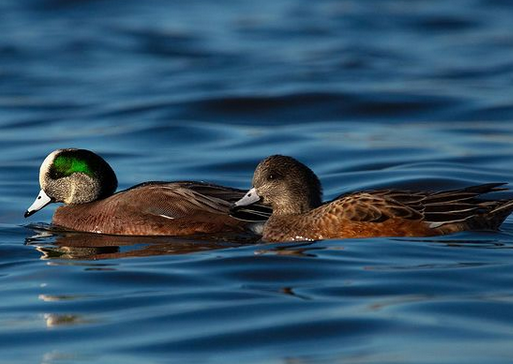
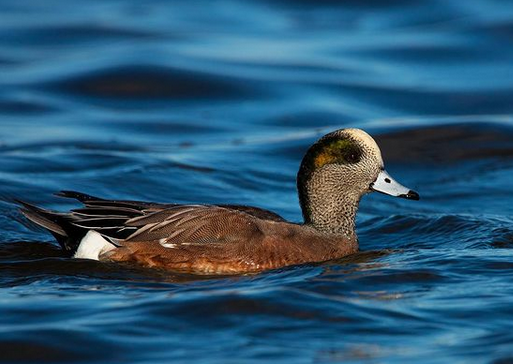
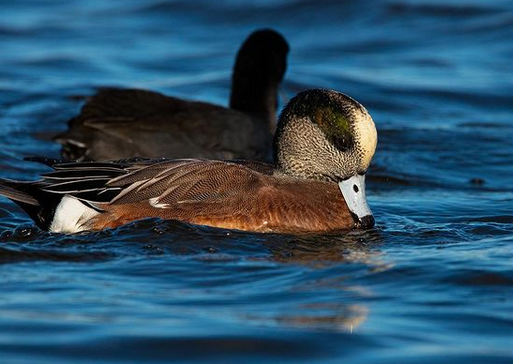
American Wigeons are often found feeding with Coots and diving ducks such as the Redhead, Scaup, and Canvasback, who are adept at rooting up vegetation from deep in the water.
The opportunistic Wigeon will watch the action below the water then snatch the food away from the divers as soon as they try to surface with a bill full of greens.

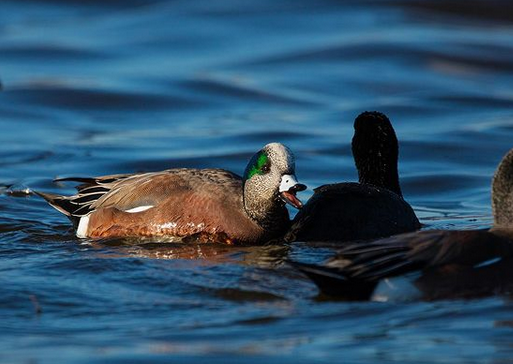

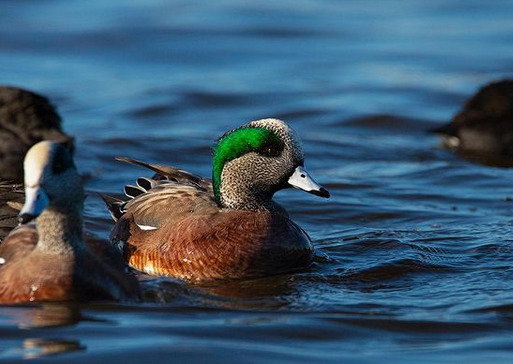
Preferring large open bodies of water away from the woods, large flocks American Wigeons are a fairly common sight in the eastern Piedmont regions and coastal areas of North Carolina.
Look for them in wide open freshwater marshes, lakes, rivers, ponds, brackish bays and estuaries from September through late March/early April.
Aren’t they gorgeous?
Photos & video by @sally_siko of @birdwatching_nc on the fabulous full frame @canonusa
#5Ds


